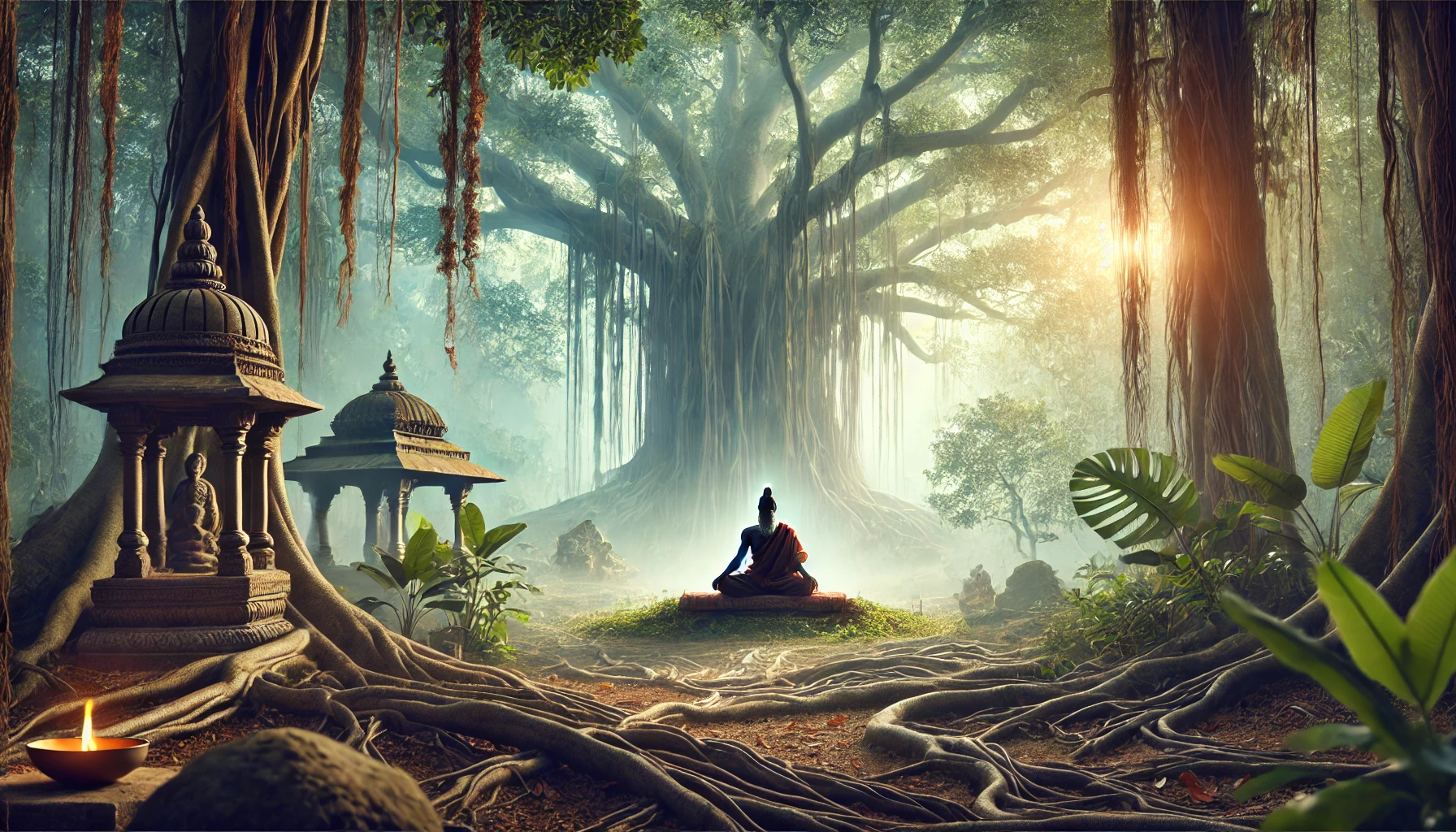The Subtle Body: Learning in Yoga Nadis, Chakras, and Koshas
Have you ever led students through a yoga class and felt as though something else was involved? That moment when a student leaves class radiant with a sense of peace they cannot quite articulate or when a deep hip opener brings unexpected feelings? The subtle body has magic like this.
Yoga teachers deal with something far more than just muscles, joints, and breath. Yoga is a science of energy, a road map of human consciousness, not only exercise. Knowing the subtle body—nadis, chakras, and koshas—allows you to lead pupils into actual transformation rather than only movement.
The subtle body what is it?
One can grasp the physical body quite easily. We see, touch, feel it. Benevolently beneath this outward layer, though, are layers of being (koshas), energy channels (nadis), and energy centers (chakras). This is the subtle body, a blueprint of energy guiding our emotions, ideas, and general state of health.
Though modern science cannot “see” this system in MRIs or X-rays, ancient yogis mapped it thousands of years ago. And today? Acupuncture, energy healing, even neuroscience point to what yogis always knew: our bodies are more than just flesh and blood.
Also Read : consistency-in-yoga-instructor-growth
Nadis: Prana’s Roads of pathogenity
Should the subtle body be a city, the nadis are its highways—channels for prana, or life force, all around the body. Among the three most crucial are:
Ida Nadi is left side, cool, connected with feminine energy and the moon. regulates leisure and intuition.
Pingala Nadi, right side, heating connected with the sun and manly energy. Act and with reason under governments.
Running along the spine, the central channel is Sushumna Nadi. Kundalini awakening can happen when energy moves here.
Fact: Ancient writings claim we have 72,000 nadis! All play a part in energy balance even if we concentrate on the three key players.
For yoga teachers, knowing nadis helps improve breathwork (pranayama). Alternate nostral breathing, or nadi shodhana, balances ida and pingala to open the road for more profound meditation.
Chakras: The Transforming Energy Centers
Think of chakras as spinning wheels of energy found along the spine. They control all, including our highest spiritual awareness and our most basic survival instincts.
The following is a brief overview:
Muladhara, the Root Chakra, is survival, security, grounding. Right at the base of the spine. Students who are out of balance could become nervous or unstable.
✠ Sacral Chakra (Svadhisthana) – Emotions, creativity, pleasure. Tucked down in the lower abdomen. Should it be blocked, students could find themselves stuck or unmotivated.
Manipura’s Solar Plexus Chakra: confidence, personal power. Located in the upper belly. Weakness here may manifest itself as self-doubt.
❗ Heart Chakra (Anahata) – Love, empathy, relationship. At the middle of the chest. Blockers can build emotional barriers.
Vishuddha, the throat chakra, speaks to communication, truth, self-expression. When weak, students could find it difficult to express their truth.
Third Eye Chakra, or Ajna: insight, wisdom, intuition. Between the eyebrows is where it is. Lack of clarity can follow from a blocked third eye.
Sahasrara, the crown chakra, is spiritual connection and enlightenment. Students that are open experience great peace and direction.
💡 Would you know? Research indicates that stress and trauma can produce energetic blockages in the body that yoga helps clear!
Working with chakras for teachers means designing courses that support the balance of these energy centres. While core work increases confidence in the solar plexus chakra, yin yoga may open emotional blockings in the heart chakra.
Koshas: The Five Levels of Existence
The koshas expose more profound facets of our life, much as layers of an onion expose. The physical body comes first; pure consciousness comes last.
- Annamaya Kosha – The food body, or physical body. reinforced via diet and asana practice.
- The energy body is Pranamaya Kosha. Under control with breathwork.
- Manomaya Kosha is the mental body. Our ideas, feelings, and subconscious trends.
- Vijnanamaya Kosha: The knowledge body. Sensual knowledge and thorough understanding.
- Anandamaya Kosha – The bliss body. pure delight and divine connection.
Beginning asana (physical), breathwork (energy), meditation (mental), insight (wisdom), and deep relaxation (bliss), a great yoga class moves through all five koshas.
Why This Matters for Yoga Teachers
Teachers guide energy, awareness, and transformation; we are not only guiding movement.
✅ Do students seem to be resistant? It might be an energetic block, not their hamstrings.
✅ Students who are struggling? Deeper healing can be accessed by class themes addressing chakras.🅆 Want to expand on your lessons? Researching the subtle body changes your classes from soul work to workouts.
Including subtle body awareness increases your effectiveness as a yoga teacher. It lets you lead seminars, private sessions, and strong retreats that impact people’s life outside of only strength and flexibility.
Including This Into Your Classes
Before extending the practice, teach Pranayama—breathwork—to clear nadis.Design courses around chakra themes—e.g., heart-opening for compassion.🔹 Lead students through meditations examining koshas in search of increased self-awareness.Use mantras and sound to affect chakras and energy flow.To enable students to access more deeply koshas, offer longer savasana or Yoga Nidra.
💡 Fact: Breathwork and meditation rewire the brain, so supporting what yogis have long known!
Last Thoughts: Beyond the Mat
Yoga is about knowing and balancing the forces influencing our life, not only about poses. By using the subtle body, you as a teacher enable students to reach their best physically, emotionally, and spiritually.
Thus, keep in mind that you are not only running a class the next time you roll out the mat. You are directing an energy trip.
Visit our teacher training courses at www.onlineyogalife.com to learn more and master the subtle body. Let’s take yoga together, beyond the obvious surface.


